It started as a simple patient transfer, but then it showed the chaos in the coronavirus fight
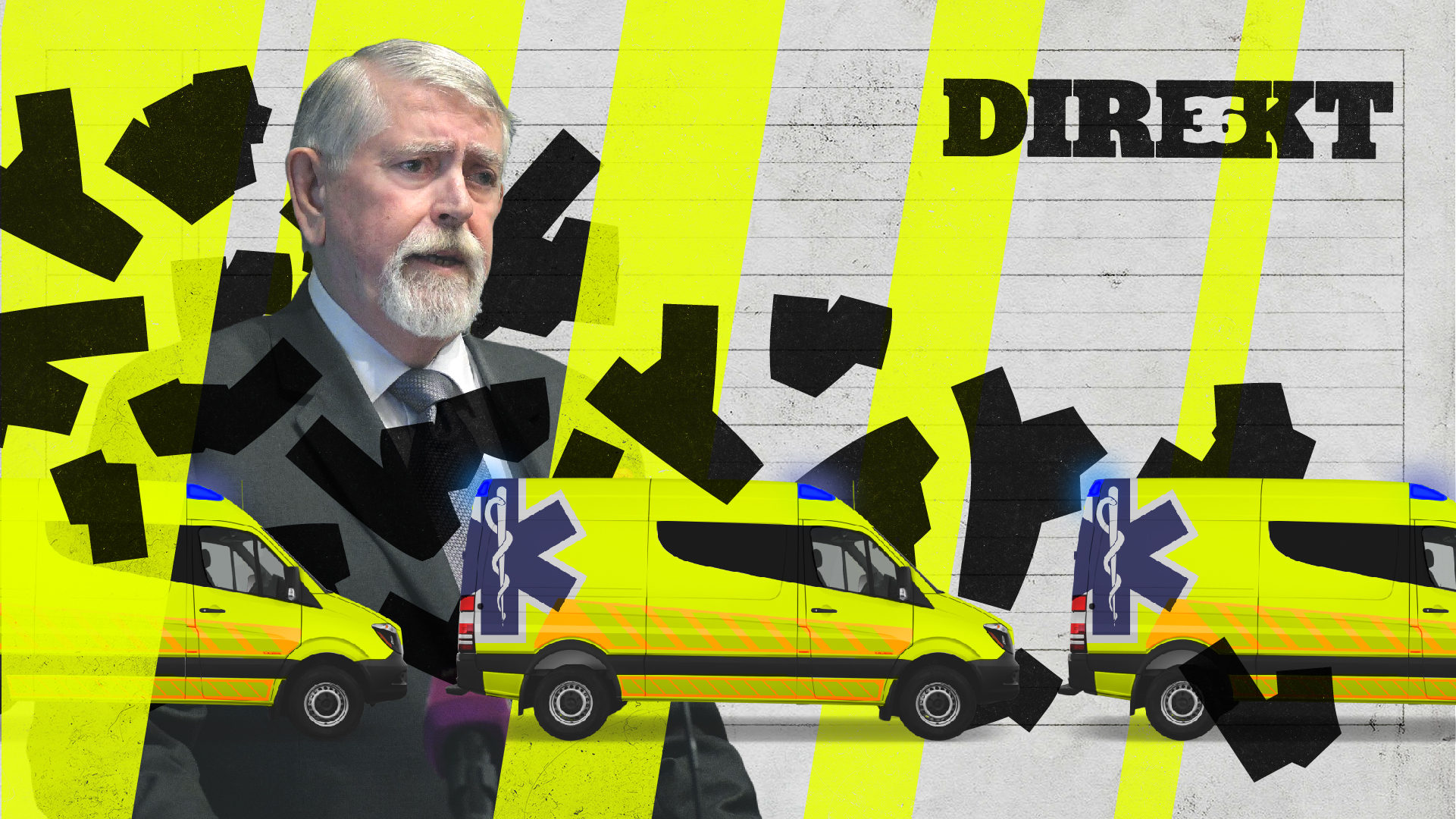
On the morning of April 2, the streets of Székesfehérvár, a city about an hour drive from Budapest, were almost completely empty. Most of the locals stayed at home as the country was preparing for an outbreak of the coronavirus epidemic at the time. Suddenly, sirens of nine ambulances broke the silence. The convoy started from the Szent György Hospital of Fejér County and drove through the city, led by police, then headed for the hospital of the city of Mór, 25 kilometers away.
Many locals felt concerned and started calling the Town Hall. The mayor, András Cser-Palkovics, issued a statement: “Due to redeployment within the hospital, patients, NOT infected with coronavirus, were transported to Mór by ambulances.
Everyone keep calm please!”
The mayor intended to calm people down, but his statement later turned out to be unfounded. The infection was already present among the mainly elderly patients who were transferred by the ambulances, and they carried it to the Mór hospital. Suspicion rose in Mór and 11 of the 14 patients tested Covid-19 positive. By this time, several hospital workers had come into contact with them without proper personal protective equipment. These workers were quarantined along with their family members. Three of the patients died.
At the time of these previously unreported events, the hospital of Székesfehérvár played a key role in the fight against the coronavirus epidemic, approaching its peak in April. The institution was among the first to become a designated epidemic hospital, with workers on the front lines battling the virus. Later, the hospital got into the headlines when Health Minister Miklós Kásler fired its Director General István Csernavölgyi unexpectedly – and for a reason that is still not entirely clear.
It is unclear whether the Mór incident had anything to do with Csernavölgyi’s departure, but the episode sheds light on the chaotic conditions during the initial phase of the virus response. Now it appears to be clear that the government placed a huge burden on some hospitals, including Székesfehérvár, and that increased the chances of cases like Mór. While treating the infected and struggling with a constant flow of suspected cases, the hospital also had to treat patients with other serious illnesses. In addition to moving patients in order to prevent the infection from spreading, quarantined hospital workers had to be replaced in a growing number.
Extensive testing could have helped, but the capacity for that was scarce. During the first month of the epidemic, there were very few testing kits available in the hospital, and the procedure guide (issued by the National Center for Public Health) did not even require screening of asymptomatic people. These are some of the reasons why the specific case of Mór could happen: although the hospital management was aware of the risks to elderly patients, they were still not tested for coronavirus before the transfer.

Forrás: nnk.gov.hu
Government communication was also confusing. Although rumors spread locally about infected patients transported to Mór, the hospital remained silent, as well as the Ministry of Human Resources led by Miklós Kásler and the Operative Coordinating Body, which was set up by the government to oversee the response to the epidemic. By contrast, these bodies spoke publicly in detail about a similar (although much more serious) wave of infections that unfolded in a nursing home on Pesti út in Budapest. (That case was politically more convenient for the government, since the nursing home was overseen by the opposition-led municipality of Budapest.)
Direkt36 reconstructed the events in Mór and Székesfehérvár with the help of health workers and local political sources. Hospital sources provided information only on the condition of not disclosing their names.
We contacted the management of Szent György Hospital of Fejér County, the Ministry of Human Resources, the National Public Health Center and the Operational Staff. None of them responded.
Equipment shortages and chaos would help the virus within hospital walls
The block of buildings of the Szent György Hospital of Fejér County is located in a park, surrounded by a fence, a few minutes’ drive from the city center. The buildings are densely lined up next to each other, ranging from modern buildings, recently renovated ones, and decades-old pavilions with decaying plaster.
It is the largest and best-equipped hospital in the region, which was designated by the Ministry as an epidemic hospital in mid-March. For the following weeks, infected or suspected cases of two counties (Fejér and Komárom-Esztergom) were transported here by ambulances. (The Komárom-Esztergom county hospital in Tatabánya became an epidemic hospital only in early April. It was closed three weeks later because so many health workers became infected that the very operation of the hospital got endangered.)
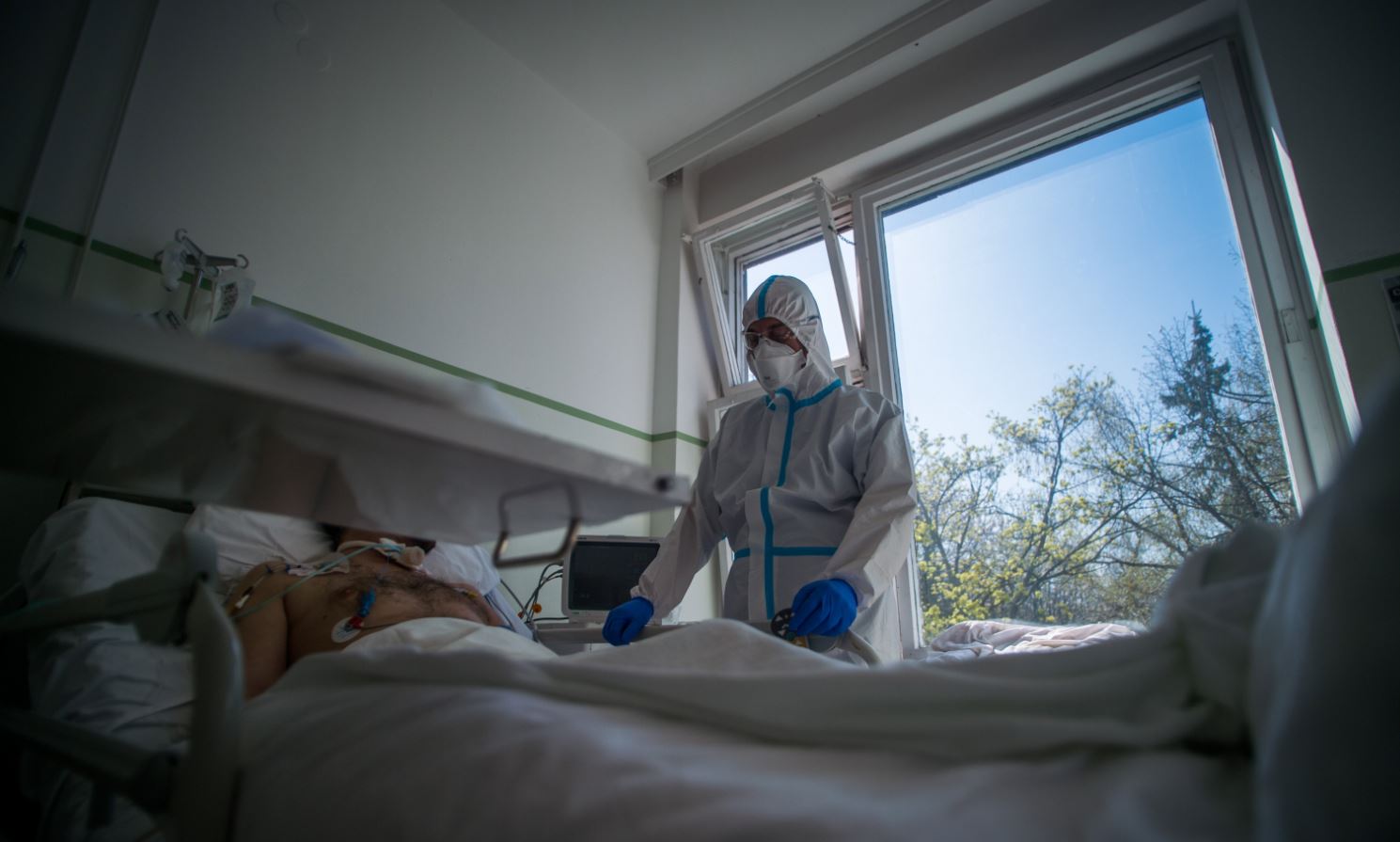
Source: koronavirus.gov.hu
In the meantime, the Szent György Hospital, which employs 2,700 people, did not shut down its other departments either: its obstetrics, traumatology, emergency care and a heart attack and stroke center remained in operation. Besides, as Székesfehérvár is also home to one of the largest intensive care units in the country, ambulances provided ample supply of patients brought from outside the county. As the hospital was getting ready to receive COVID patients, it started vacating beds and in fact an entire building for them.
“Our team of workers organized patient care at every hour of the past month. They cured, screened and focused on resolving the situation with all their nerves,” then-director general István Csernavölgyi described this period in March later in a statement.
The hospital was severely overwhelmed, Direkt36 was told by hospital sources in Székesfehérvár, who spoke on the condition that we do not publish their names. According to them, hospital staff (including members of the management) are under strict control. Since they are forbidden to communicate with the media, those who speak risk their jobs.
Towards the end of March, more and more infected patients (and those who were suspected of having the virus) arrived in the hospital, according to one source. Confirmed cases were placed in a separate ward and the suspected ones were isolated in other parts of the hospital.
Suspected cases were the bigger burden as they were more numerous. These patients occupied entire wards until it was determined whether they had contracted the virus. Hospital staff who contacted them were quarantined in high numbers (dozens of them every day), and they had to be replaced by relocating employees from other departments.
In the meantime, there were at times severe shortages of personal protective. To take care of a severely ill infected patient, at least ten FFP3 masks are required a day. But, according to a hospital source, there were days when, although workers had a mask, there were only a few dozen pieces in stock, while thousands would have been required in order that the hospital can stock enough in case the number of patients rises further. The state-run hospital tried to prepare for the upcoming challenges by using money donated by the public.

Personal protective equipment arriving to Budapest on 11 April. Source: koronavirus.gov.hu
By the beginning of April, dozens of infected were treated in Székesfehérvár and hundreds of suspected cases had to be isolated as they prepared for the epidemic to become massive.
“The hospital was full and Mór had to be included in the fight,”
a hospital source said, referring to the decision to transfer a group of patients to the hospital of Mór, a town 25 kilometers away. That institution has belonged organizationally to the Székesfehérvár hospital since 2013.
The infection was only discovered in Mór
Hospital management figured that an entire building could be vacated by transporting patients of the so-called nursing ward to the Mór institution. In the nursing ward, typically elderly patients were taken care of. Many of them no longer required active hospital care but had to be moved, washed and fed by staff as their relatives could not or would not take care of them. The hospital’s management thought that the relocation would place these vulnerable people in a safer environment. Their family members were also consulted.
The patients had not been not tested before their transport for several reasons, according to a hospital source. One was the procedure guideline in force at the time, issued by the National Center for Public Health (NNK), which required only the testing of people with symptoms. Plus, the test kits was in short supply, and it required a serious consideration to decide whom to test. Even the testing of hospital staff was not a central requirement, and Szent György Hospital organized its own testing campaign for them autonomously.
According to a hospital source, if enough test kits were available, the patients could have been tested before transport. However, professional rules were followed and the patients were examined daily and none of them showed symptoms, the source added.
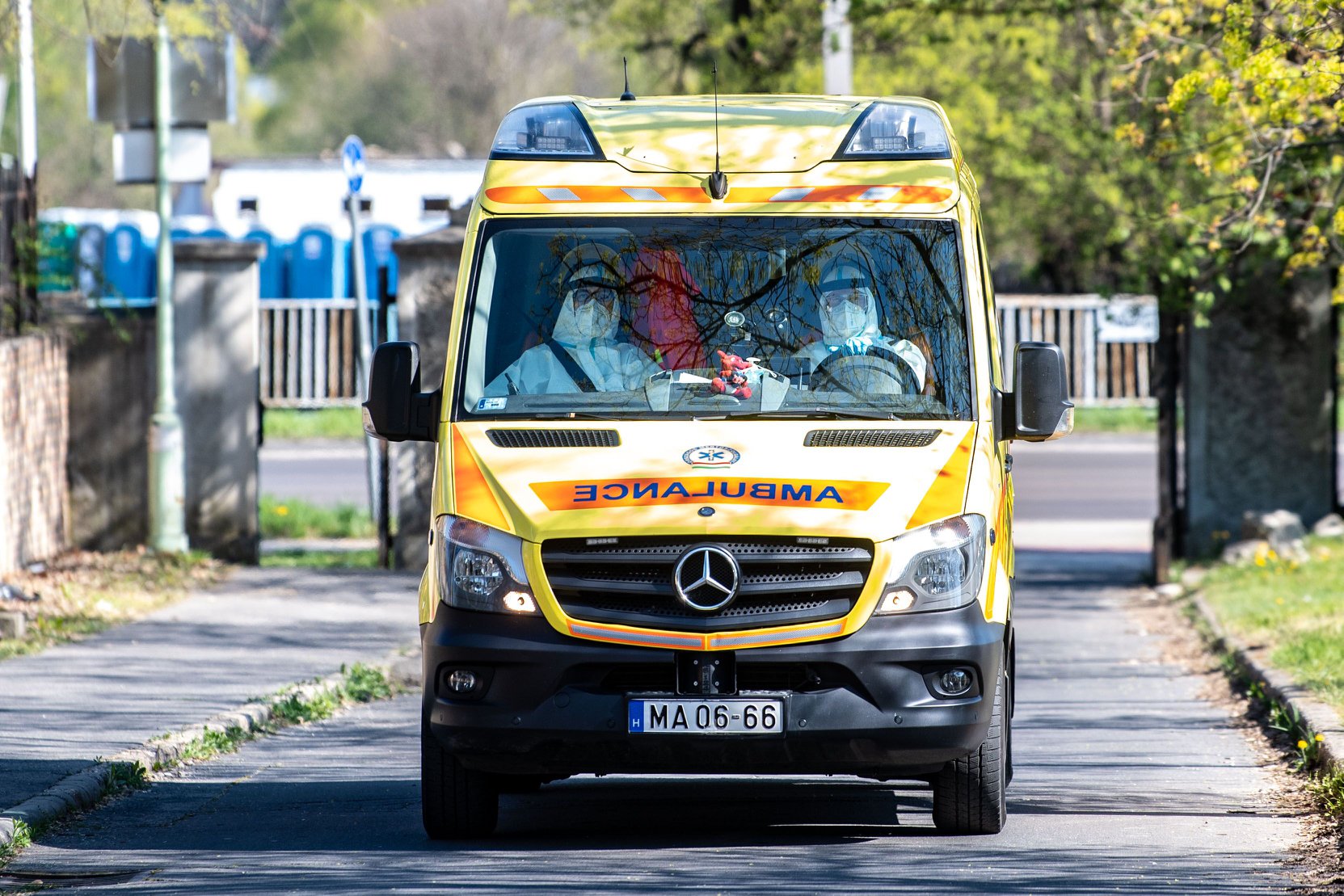
Source: koronavirus.gov.hu
The transferred elderly patients were placed in the evacuated cardiac rehabilitation ward in Mór. This is located on the ground floor of the hospital’s street-front building.
Events following the arrival of patients in Mór were told to Direkt36 by an employee of the hospital. The source worked at the Mór hospital at the time of the episode and said it shocked the local staff that patients had been transported without testing. Nurses cared for them for at least two days without proper personal protective equipment, as they had no idea that some of the patients were infected.
When one patient showed symptoms, all were tested and 11 out of 14 patients tested positive. It was considered that they must have contracted the virus back in Székesfehérvár, as it could take days or even weeks from the moment infection to the onset of symptoms. Although the hospital in Mór lacked an intensive care unit or a ventilator, the patients were not taken back to Székesfehérvár, but were further cared for on site, now in protective equipment. (Direkt36 asked hospital management whether the infected patients’ transport back to Székesfehárvár was taken into consideration, but we have not received an answer.)
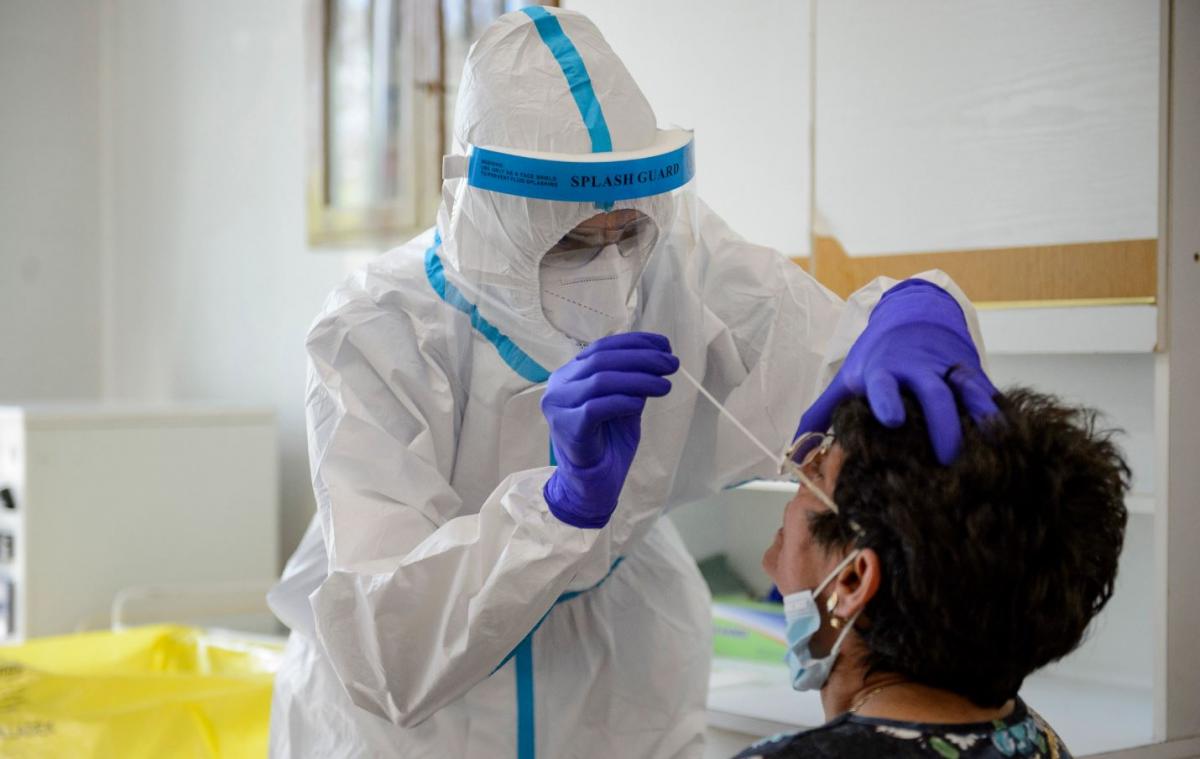
Source: koronavirus.gov.hu
According to the hospital worker, three of those infected eventually died, but the others have since recovered from the infection. The source added that the recoveries were due to the devoted staff of the cardiac rehabilitation department, because
“love can work miracles.”
The staff of the Mór City Hospital and Clinic was tested. Those who came into contact with patients without protective equipment were quarantined with their closest family members, others were taught how to wear protective equipment and what rules apply to the care of those infected. Direkt36 has no information about the number of quarantined hospital workers and whether any of them contracted the virus.
The world of the director collapsed
During the period when the episode in Mór played out, Fejér county became the second most infected county. By mid-April, the nationwide death toll exceeded one hundred, with the government’s Operational Staff preparing for mass infections.
In this tense situation, an unexpected decision made headlines: on 11 April, Saturday before Easter, Miklós Kásler, Minister of Human Resources (responsible for the country’s health system) fired István Csernavölgyi, the director general of the Székesfehérvár hospital. Csernavölgyi, a chief physician of internal medicine and a cardiologist, had run the hospital for ten years, and was nominated for a prestigious award just this year.

István Csernavölgyi (left) and András Cser-Palkovics, mayor of Székesfehérvár. Soruce: fmkorhaz.hu
The ministry issued a brief statement, referring to a “serious omission” as well as an administrative error and late submission of data as reasons for the firing. According to Magyar Nemzet, a conservative daily close to the government, the hospital was late with reporting the data of six coronavirus deaths.
Kásler’s decision shook the community of hospital workers. After Easter, at a hastily arranged farewell gathering in the hospital’s garden, they held printed pictures of broken hearts, crying and telling Csernavölgyi that they look forward to his return.
“I was still working Thursday [i.e. 9 April] morning, when I was told that a delay or error occurred in data reporting (…) I don’t know and I don’t want to know about the real reason why I was fired the very evening,” Csernavölgyi told the workers. “When I got this slap, I felt the world collapsing, but what I have got since is the most one can get (…) and thank you for every minute of the last ten years. Though my heart was broken, you restored my faith,” said the director.
Dr. László Bucsi, who was appointed for the transitional period as the new director, also expected Csernavölgyi back. In front of the gathered employees, he said, “I think the story is not whole.” He promised to launch an internal investigation, and said that at as soon as Csernavölgyi is rehabilitated, “I will get up from this chair and leave as quickly as I have been seated here.”
Bucsi was not the only one to question the ministry’s decision. András Cser-Palkovics, the mayor of Székesfehérvár, who is from the governing Fidesz party, wrote on Facebook that “it would be reassuring for the public to know the results of an internal investigation conducted before or after the decision.”
The internal investigation was completed, but the hospital did not publish the results. But a week after Csernavölgyi’s removal, the hospital’s medical director, István Reiber, resigned. According to media interpretations, he was responsible for the administrative error. Neither Reiber nor Bucsi, the acting director general answered to the press, nor the Ministry provided further details.
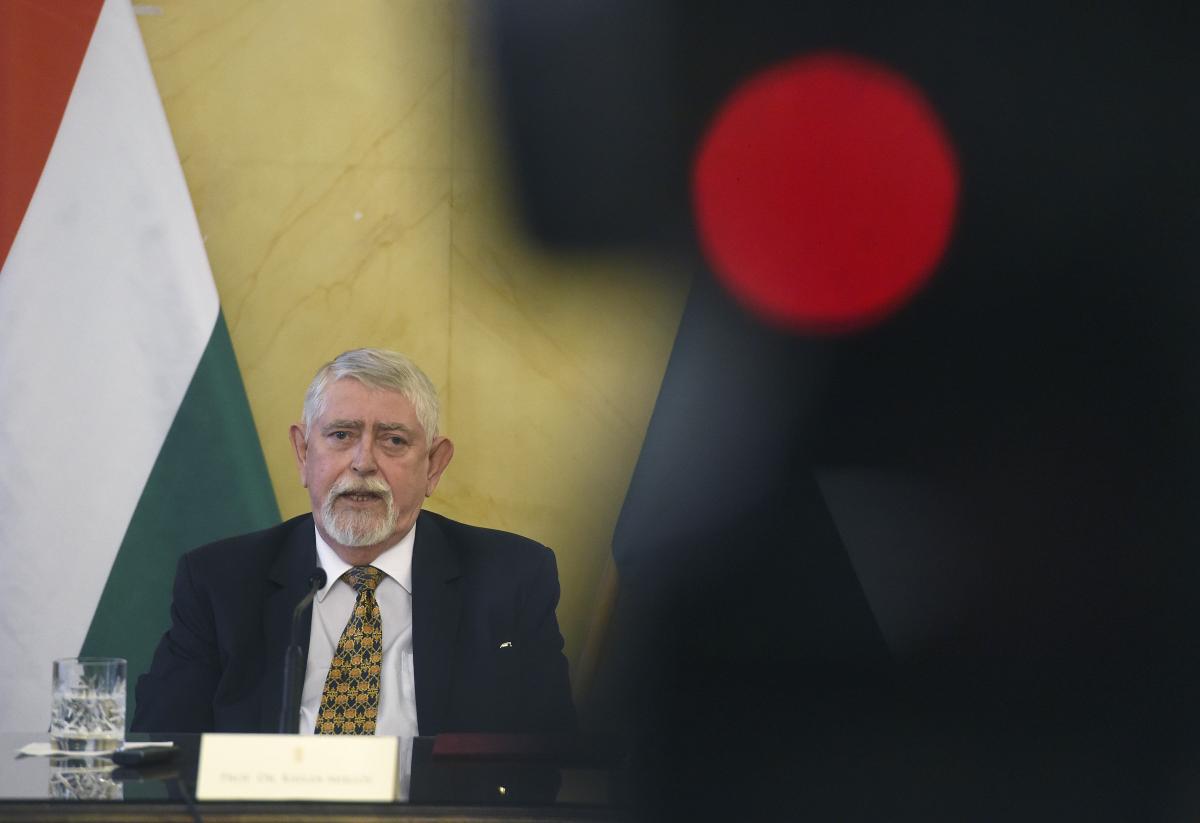
Miklós Kásler, Minister or Human Resources. Source: koronavirus.gov.hu
However, Minister Miklós Kásler gave some more, albeit vague, details in an interview in May (a month and a half after the events): “Not only this [an administrative error] was the problem. Instructions were ignored and a group of infections formed within the hospital. The medical director has apparently taken responsibility for the mistakes, but it really with the hospital’s director general. His job is to prevent, detect and correct errors.” Direkt36 asked the Ministry and the National Center for Public Health for clarification of Kásler’s words and whether he referred to the Mór episode, but we did not receive a response.
On June 19, Székesfehérvár once again got into the news briefly: according to a statement from the National Center for Public Health (NNK), the Szent György Hospital of Fejér County received a warning and was fined. According to the vague explanation, the NNK investigated “a locally transmitted epidemic” and found that the hospital, besides the “late fulfillment of its reporting obligation”, “violated the requirements of infection control.”
Direkt36 contacted the hospital management, but director general László Bucsi referred us to the Operational Body (who did not respond either). The former director general, István Csernavölgyi, refused to comment as well, but provided a short statement: “During the epidemic, we followed every professional rule, thinking ahead and taking well-founded measures, thus managing the exceptional burdens placed on us. The staff of the institution acted like this before and after I left – healing patients, while overcoming their fears. I would like to thank for their work, I am honored to have worked with them for the past ten years.”

